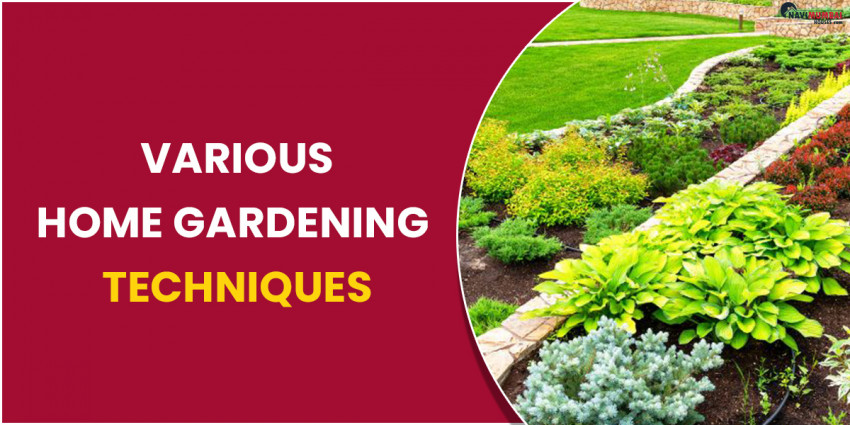
There are many aspects of gardening than merely flower cultivation. You can take care of a variety of gardens, including specialty gardens, plants that attract butterflies, backyard ponds, and even vegetable gardens!
11 Types of Gardening to Try At Home
Grounds-Level Gardening
The type of garden that is most frequently seen is the backyard in-ground garden. These gardens are a fantastic option if you have lots of space and easy access to water. In-ground gardens are exposed to weather and animals, making them unsuitable for landscaping or producing fruits and vegetables. To keep your plants safe, keep an eye out for any weather conditions that call for the usage of plant protection techniques. A plant may have a difficult time finding a place to live. In this type of garden, you will only be allowed to grow plants and trees that are local to or appropriate for your region.
Kitchen Gardening
With its ornamental plants and grassy stretches, the backyard is divided from the kitchen gardening area. It can be used as a location to develop a variety of plants, including fruits, vegetables, herbs, and other plants. The veggies and herbs you use most frequently in your own cooking should serve as the foundation of your own little kitchen garden. To make the most of the restricted space, climbers and containers might be employed. It is preferable to maintain your kitchen garden adjacent to the kitchen, near a source of water, and in a sunny area.
Gardening Hydroponically
Hydroponics is a fantastic alternative if you don't have a lot of space for an outside garden. On the other hand, hydroponic gardens require the purchase of fertilizer and require regular upkeep. Even if it's handy to purchase all-inclusive fertilizer, you should still be aware of what you're feeding your plants. The most flexible sort of farming is hydroponic gardening, provided you take care of your plant in the way it prefers.
Planting Herbs
Landscaped areas called "herb gardens" are stocked with plants used in cooking and medicine. In reality, when it comes to landscape design, herb plants are generally neglected. Herbs are often worthwhile to grow because of their enticing scents and lovely flowers. It can also be used to add flavor to bland vegetables, garnish salads, and trim a few leaves from meats to improve their flavor. Calendula and borage are two herbs that add a touch of color to a garden.
When it comes to cultivation, the majority of herbs are sensitive winter annuals. They grow and don't require a lot of daily attention once they've been planted in the proper soil. In raised beds and containers, herbs grow well. To prevent the roots from getting too moist, it's crucial to select soil and a container that are appropriate for the type of plant you're growing.
Source from: navimumbaihouses





